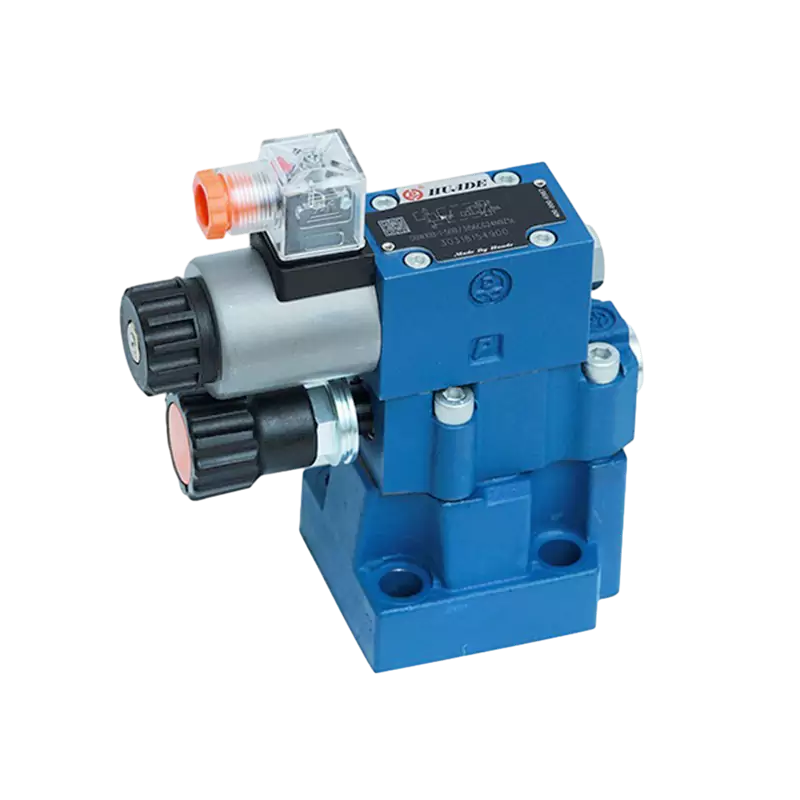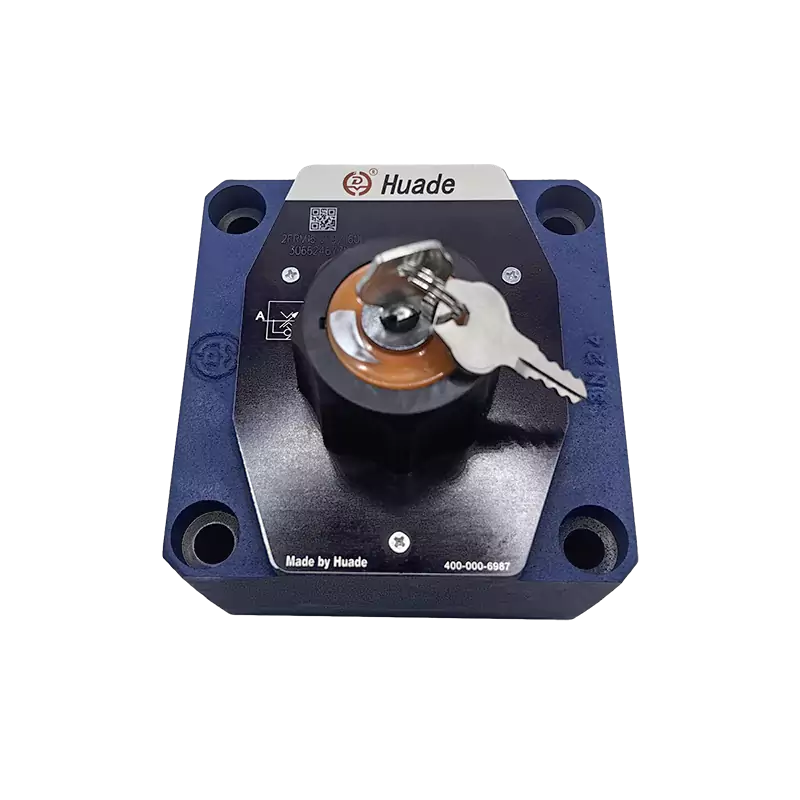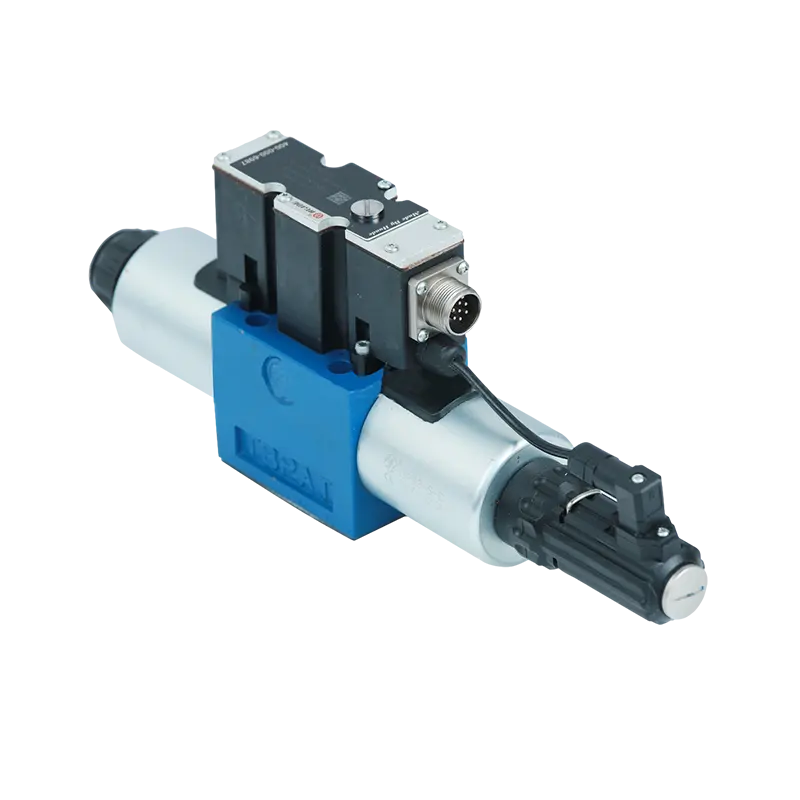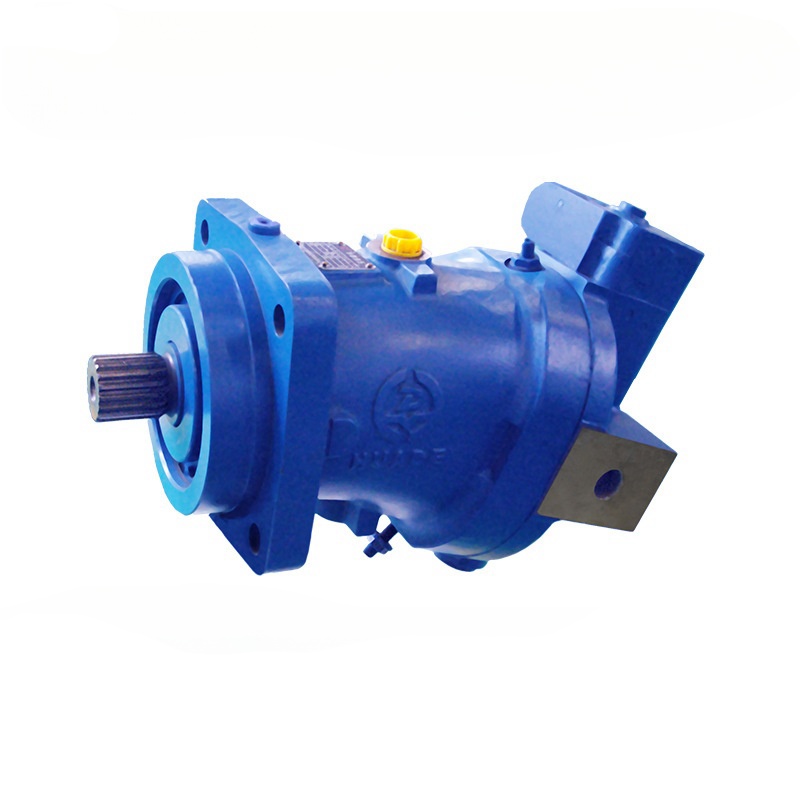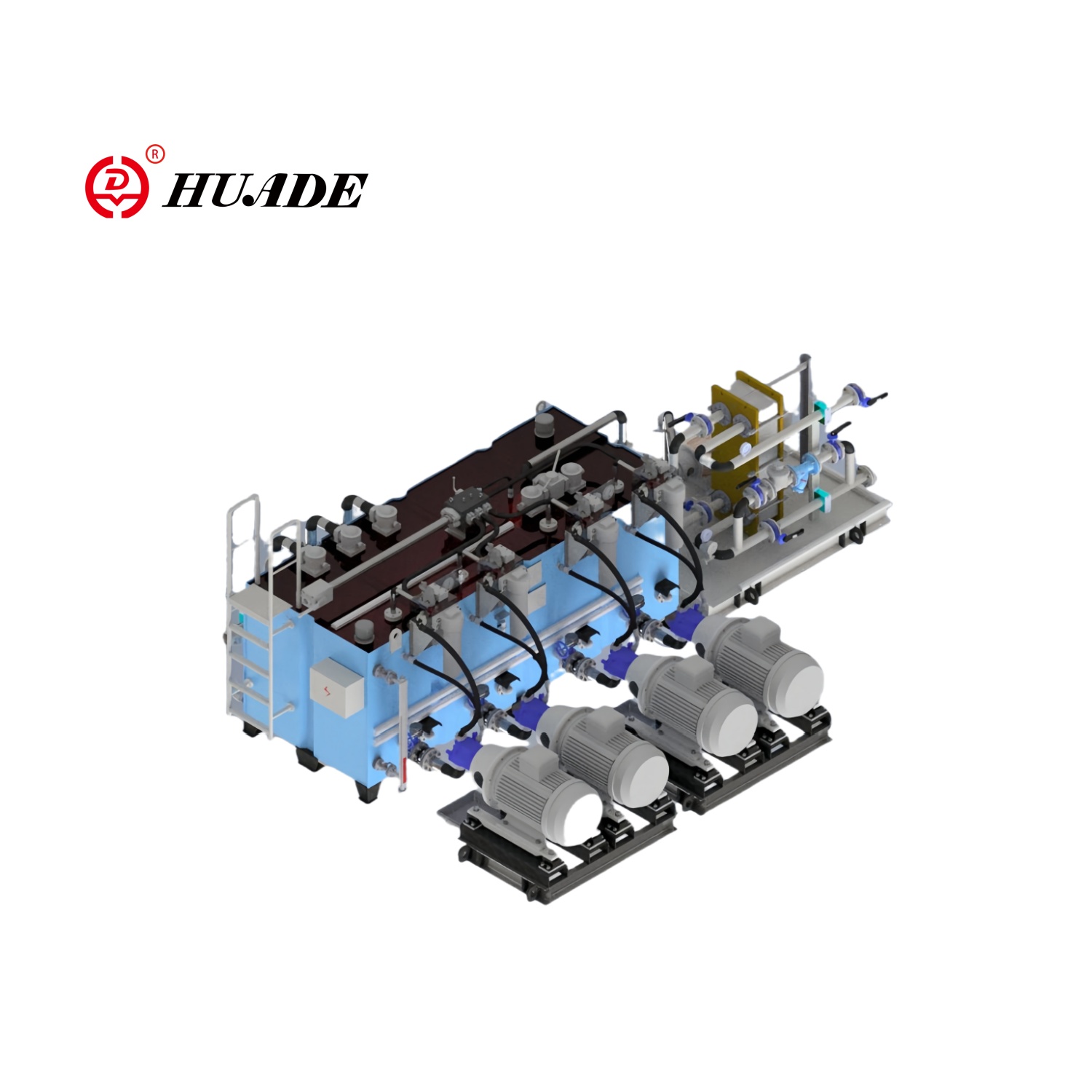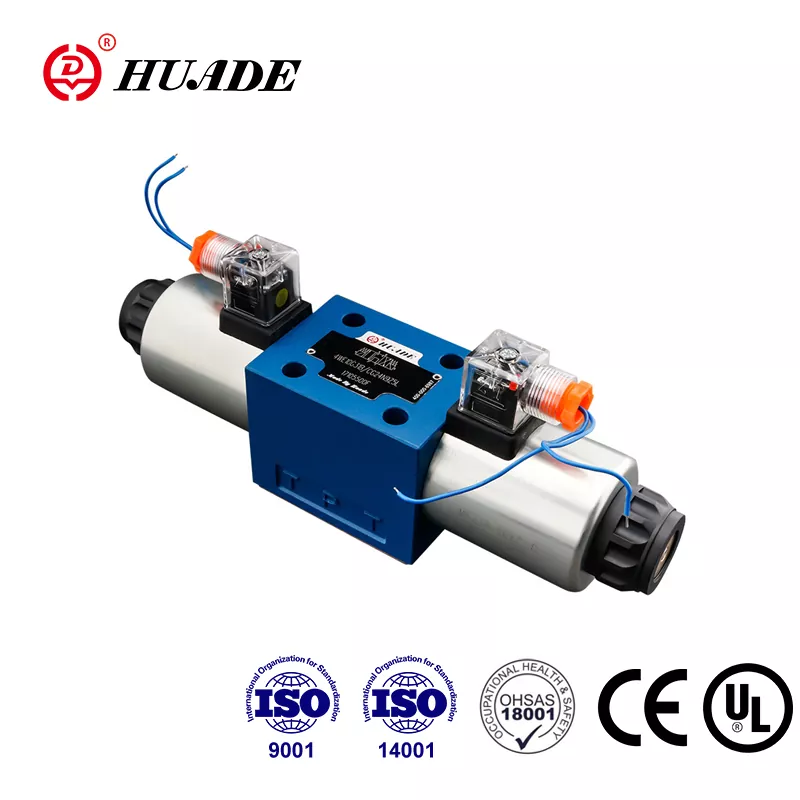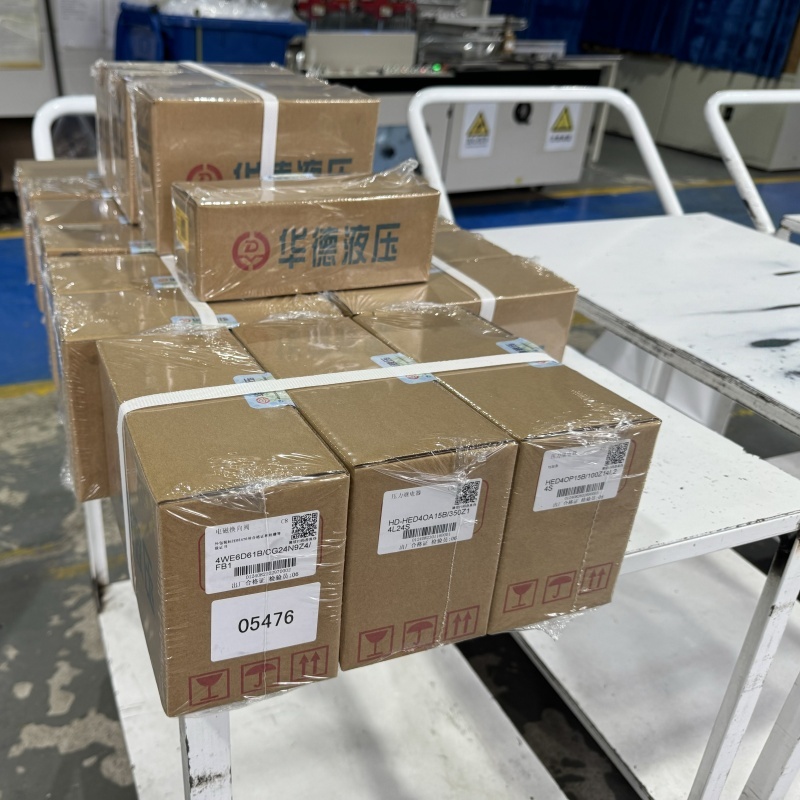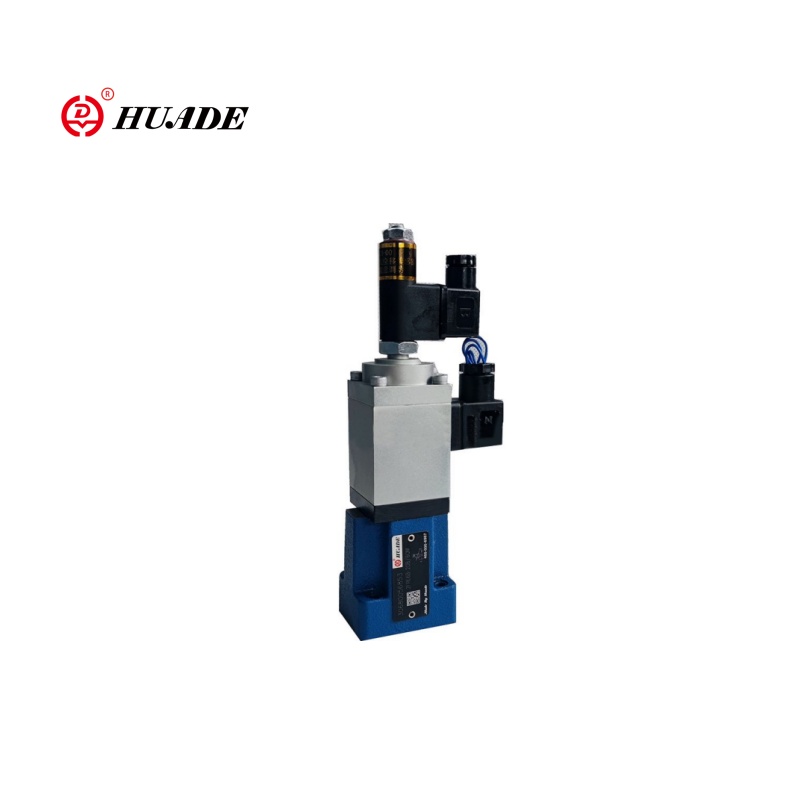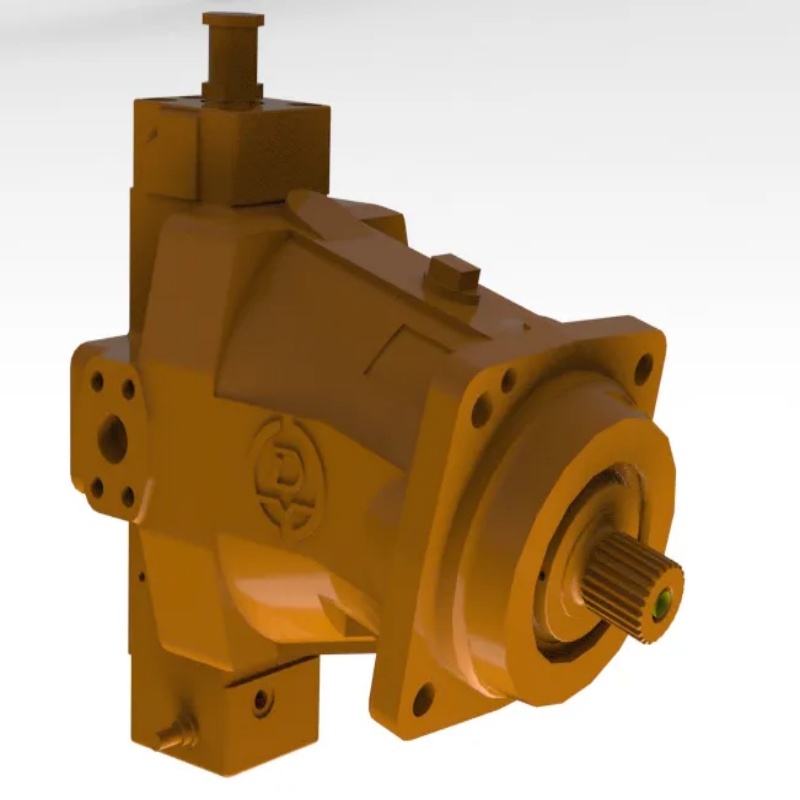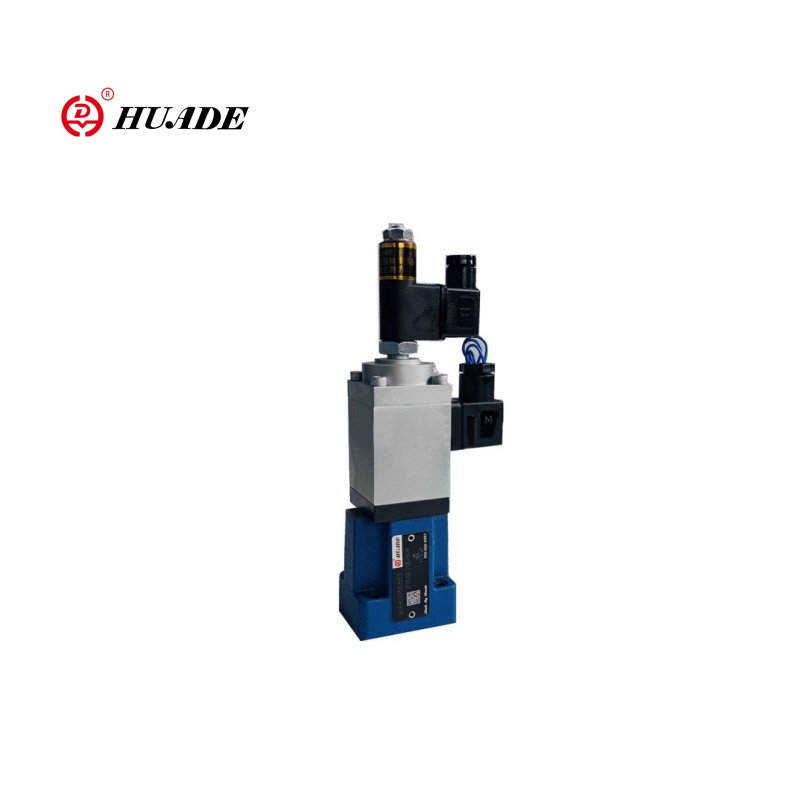
Imagine you're conducting an orchestra. You don't just tell musicians to play "loud" or "quiet" - you give them subtle hand gestures that say "a little softer," "gradually louder," or "hold that exact volume." A hydraulic proportional valve is like a conductor for hydraulic fluid, providing infinitely variable control instead of just "on" or "off."
For basics, start with what is a proportional valve.
The Coffee Shop Analogy
Think of a proportional valve like the espresso machine at your favorite coffee shop. The barista doesn't just flip a switch to get perfect espresso - they gradually increase pressure, carefully control flow rate, and make real-time adjustments based on how the coffee is extracting. Similarly, a proportional valve continuously adjusts its position based on electrical feedback to deliver exactly the right amount of hydraulic power.
How Do Hydraulic Proportional Valves Work? A Step-by-Step Journey
Let's follow the journey of control from an electrical signal to precise hydraulic action.
[See detailed explanation of how proportional valves work.]
1The Command Center (Control Signal)
A PLC (Programmable Logic Controller) or other control system sends an electrical signal - typically 0-10 volts, 4-20 milliamps, or even digital commands through industrial networks like CANbus or Ethernet.
2The Translator (Proportional Solenoid)
The valve's proportional solenoid acts like a translator, converting electrical energy into mechanical force. Unlike regular solenoids that are either "energized" or "de-energized," proportional solenoids create force that's directly proportional to the input signal strength.
3The Precision Mover (Valve Spool)
This mechanical force pushes the valve spool - a precisely machined cylindrical component - to exact positions. As the spool moves, it uncovers different-sized openings (called ports) that control fluid flow.
4The Smart Feedback Loop (LVDT Sensor)
Advanced proportional valves include an LVDT (Linear Variable Differential Transformer) that constantly monitors spool position. This creates a closed-loop system that automatically corrects for external disturbances, temperature changes, and wear.
Real-World Example
When an excavator operator moves their joystick halfway, the proportional valve receives a 50% signal. The spool moves to a position that allows exactly half the maximum flow to the hydraulic cylinder, resulting in smooth, controlled arm movement at exactly half speed.
Proportional Valve vs Servo Valve vs On/Off Valve: The Ultimate Comparison
Understanding the differences between valve types is crucial for making the right choice:
| Feature | On/Off Valve | Proportional Valve | Servo Valve |
|---|---|---|---|
| Control Type | Binary (Open/Closed) | Infinite positioning | Ultra-precise positioning |
| Response Time | 10-100 milliseconds | 5-50 milliseconds | 1-10 milliseconds |
| Accuracy | ±5-10% | ±1-3% | ±0.1-0.5% |
| Cost | $50-500 | $500-5,000 | $2,000-20,000 |
| Typical Applications | Simple on/off control | General automation | High-precision systems |
| Maintenance | Low | Medium | High |
| Contamination Sensitivity | Low | Medium | Very High |
| Energy Efficiency | Poor | Good | Excellent |
When to Choose Each Type
Choose On/Off Valves when:
Simple start/stop control is sufficient • Budget is extremely tight • High contamination environment • Maintenance resources are limited
Choose Proportional Valves when:
You need variable speed/pressure control • Energy efficiency matters • Smooth operation is important • Moderate precision is required
Choose Servo Valves when:
Ultra-high precision is critical • Very fast response is needed • Budget allows for premium performance • Clean environment can be maintained
Types of Hydraulic Proportional Valves: Finding Your Perfect Match
By Function: The Three Main Categories
1. Proportional Directional Control Valves
What they do: Control both direction and speed of hydraulic actuators
Think of it as: A smart traffic controller that not only directs traffic but also controls speed limits
Common models: Bosch Rexroth 4WRA series, Parker D1FB series
Best for: Machine tools, injection molding, general automation
2. Proportional Pressure Control Valves
What they do: Maintain precise system pressure regardless of flow demands
Think of it as: A smart water pressure regulator that keeps shower pressure perfect even when someone turns on the dishwasher
Types: Pressure relief, pressure reducing, pressure sequence valves
Best for: Press operations, clamping systems, pressure testing
3. Proportional Flow Control Valves
What they do: Maintain exact flow rates independent of pressure changes
Think of it as: A cruise control system for hydraulic flow
Often include: Pressure compensators for load-independent control
Best for: Speed control, synchronized operations, metering applications
By Construction: Understanding the Mechanics
Direct-Acting Proportional Valves
• Electromagnet directly moves the main spool
• Simpler construction, lower cost
• Flow rates typically up to 100 GPM
• Pressure ratings up to 3,000 PSI
• Perfect for: Mid-size applications with moderate performance needs
Pilot-Operated Proportional Valves
• Small pilot valve controls main valve operation
• Higher flow and pressure capabilities
• Flow rates up to 500+ GPM
• Pressure ratings up to 5,000+ PSI
• Perfect for: Large industrial systems and mobile equipment
Performance Characteristics That Matter: The Technical Deep Dive
Understanding the Signal-to-Flow Relationship
The heart of proportional valve performance lies in how accurately it converts electrical signals to hydraulic output. Here's what the key specifications mean:
Linearity (±0.5% to ±3%)
Imagine drawing a straight line on graph paper. Linearity measures how close your valve's actual performance comes to that perfect straight line. Better linearity means more predictable control.
Hysteresis (±0.5% to ±5%)
This measures the difference in output when you approach the same setpoint from different directions. Think of it like the play in a steering wheel - less hysteresis means more precise control.
Repeatability (±0.1% to ±2%)
How consistently does the valve perform the same operation? This is like asking a basketball player to make free throws - better repeatability means more reliable performance.
Response Time (5-100 milliseconds)
How quickly does the valve respond to signal changes? For dynamic applications, faster response prevents system instability and improves performance.
The Math Behind the Magic: Flow Equations
The fundamental flow equation for proportional valves is:
Q = Cd × A × √(2ΔP/ρ)
Where:
Q = Flow rate
Cd = Discharge coefficient
A = Valve opening area (controlled by spool position)
ΔP = Pressure difference across valve
ρ = Fluid density
This equation shows why proportional valves are so effective: by precisely controlling the area (A), they provide accurate flow control regardless of pressure variations.
Real-World Success Stories: Applications That Transform Industries
Case Study 1: The Injection Molding Revolution
The Challenge: A automotive parts manufacturer was struggling with inconsistent plastic injection, causing 20% scrap rates and customer complaints.
The Solution: Implementing Moog D941 proportional valves for injection speed and pressure control.
The Process:
• Speed Phase: Valve provides fast, controlled injection to fill 95% of mold
• Pack/Hold Phase: Seamless transition to precise pressure control
• Recovery Phase: Controlled screw rotation for next shot preparation
Case Study 2: Mobile Equipment Precision
The Challenge: A crane manufacturer's customers complained about jerky load movements causing safety concerns and productivity losses.
The Solution: Danfoss PVG 48 proportional valve system with electronic joysticks.
The Transformation:
• Before: Binary valve control caused abrupt starts/stops
• After: Smooth acceleration/deceleration matching operator input
• Advanced features: Load-sensing for energy efficiency, electronic control for precise positioning
Case Study 3: Steel Mill Precision
The Challenge: A steel rolling mill needed precise pressure control for consistent product thickness (±0.01mm tolerance).
The Solution: ATOS DPZO proportional pressure valves with integrated feedback control.
The Innovation:
• Real-time thickness measurement feeds back to valve control
• Automatic pressure adjustment compensates for material variations
• Closed-loop control maintains consistent force despite speed changes
Choosing the Right Proportional Valve: Your Selection Guide
Step 1: Define Your System Requirements
Performance Specifications Checklist:
• Maximum system pressure: _____ PSI
• Required flow rate: _____ GPM
• Operating temperature range: _____ to _____ °F
• Response time requirements: _____ milliseconds
• Accuracy needed: ±_____ %
• Control signal type: Voltage / Current / Digital
Step 2: Application-Specific Considerations
For Manufacturing/Industrial Applications:
• Consider valves with integrated electronics (Bosch Rexroth 4WRA series)
• Look for fieldbus communication capabilities
• Prioritize repeatability and long-term stability
For Mobile Equipment:
• Choose valves rated for vibration and shock (Danfoss PVG series)
• Consider environmental sealing requirements
• Evaluate power consumption for battery-operated systems
For Aerospace/Critical Applications:
• Select valves with redundant feedback systems
• Consider special materials for extreme temperatures
• Evaluate failure mode characteristics


